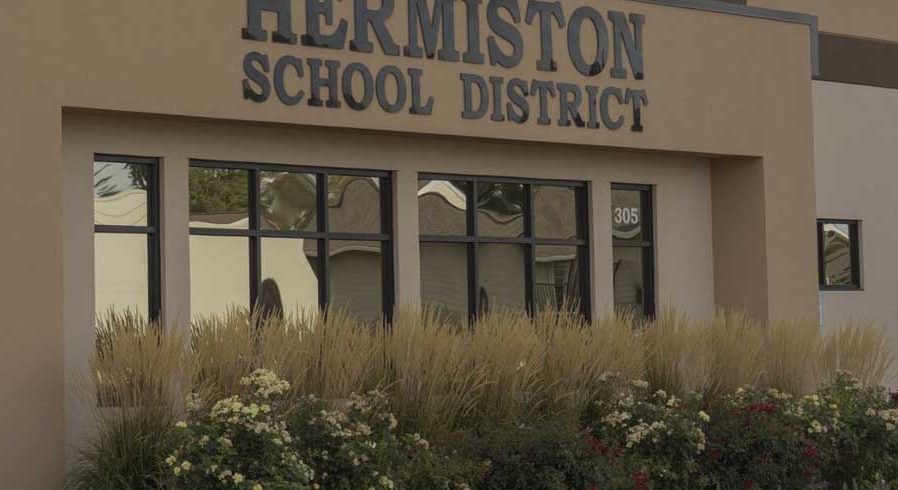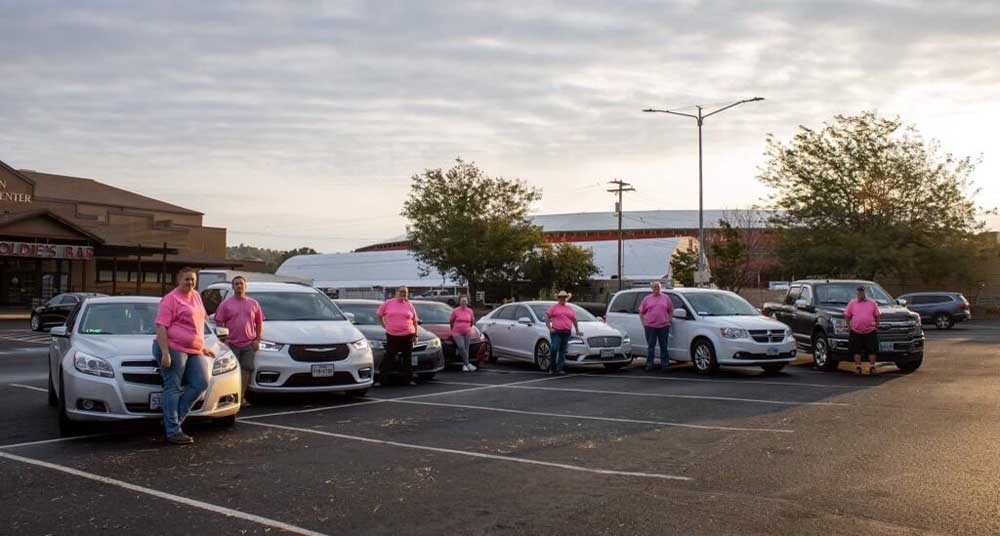Hermiston puts on good show – and that’s no bull
Published 7:44 pm Saturday, January 27, 2007
A year ago, cattle breeders in the West End, the Hermiston Chamber of Commerce and Hermiston High FFA acted on a fine idea. They started a bull judging competition, invited FFA teams from as far away as Kuna, Idaho, and staged the event on Main Street in Hermiston. It brought Hermiston and agriculture together in a direct way.
In this part of the world, agriculture starts fairly immediately after you leave the city limits. But with the gradual decline nationally over years of the farm population, city and ag folks often are out of touch with each other. Because tending to the economy is so important in rural communities, that is an unhealthy situation. Everyone – in town and in the countryside – needs to talk and pull together.
Nick Nelson, FFA adviser at Hermiston High School, recalls that a cattle breeder had seen similar bull judging competition downtown in Livingston, Mont., and suggested it for Hermiston. Last year’s Hermiston event, held in conjunction with a quilt show and an art show, was a success. Businesses contributed financially. The city of Hermiston arranged for donated items and cleaned up afterward.
Good show.
RESPECTABLE HISTORY
Interesting program last week at Pendleton’s Rotary Club over the various sides of that community. Pam Severe, executive director of Pendleton Underground Tours, recapped the history of the tours, which began in the late 1980s. The Pendleton Underground is a network of tunnels, shops, cardrooms and Chinese opium dens that ran under the streets mainly from the train station to the Umatilla River along both sides of Main Street starting in the 1880s.
Pam Severe and Lon Thornburg wrote in their book “More on the Pendleton Underground” they believe a main reason the Underground was developed was to have a way to transport supplies, gold and cash safely out of sight and then up into stores, banks, hotels and shops. Pendleton was a hub, watering hole and rail shipping point around the turn of the last century. Massive volumes of wheat and wool came to town along with hundreds of farmworkers.
As I listened to Pam’s presentation, I thought also of the “respectable” side of Pendleton. My maternal grandmother, who came to the community in the early 1900s, used to tell of Pendleton women always wearing gloves to go to town and of leaving calling cards in silver trays in homes. Ep Hoyt, editor of The Oregonian and of the Denver Post, got his start in newspapering as a reporter at the East Oregonian in the 1930s. Near the end of his career, he called Pendleton the most “socially conscious” community he had ever experienced.
Pendleton is an interesting place. A friend recently described the community to me as “a cow town.” It’s a cow town known far and wide for its rodeo, its Pendleton Woolens and its hospitality. But Pendleton also has produced notable people in education, the law, medicine, business, politics, the arts, oceanography and other fields. When a community of 17,000 pop. has had two symphony orchestras at one time plus several art galleries, it’s noteworthy.
Maybe the “respectable” side of Pendleton saw to it that some of the town’s underside should go underground? There were plenty of good times above ground. At one point, probably in the early 1900s, someone counted 32 bars and cardrooms and 18 brothels in Pendleton. Dozens of Chinese came to town as northeast Oregon employed many of them in mining and laying the railroad. Racial discrimination against the Chinese was fierce, so having a refuge underground surely held great appeal.
Near the end of Pam Severe’s program at Rotary, she called on Henry Lorenzen to say a few words. It was kind of a classic Pendleton moment. Henry, who is a lawyer, engineer and member of the Oregon Board of Higher Education, told the story – as does Pam’s book – of his family’s connection to the less respectable side of Pendleton’s personality.
In 1990, Pendleton Underground Tours wanted to add a brothel named the Cozy Rooms to the tour. The Lorenzen family had owned the building housing the Cozy Rooms, which the city shut down in 1953 in a final move against houses of prostitution. Henry said he has a vague memory of Stella Darby, the madam of the Cozy Rooms, paying rent to his grandmother. He said his grandmother, a German Catholic, feared the word would get out about her family’s real estate holding. Years later, in any event, Henry’s mother, Cecilia Lorenzen, took a tour of the Pendleton Underground, enjoyed it and gave consent for including the brothel site in the tour.
Pam Severe remembers a couple of other awkward Pendleton moments over the wild side of town. She said a Pendleton woman, now deceased, took Pam with considerable embarrassment to what used to be the Oak Hotel on Southeast First. The woman’s family had owned the building which housed prostitutes upstairs. A related incident had to do with the Pendleton Fire Department, which used to be next to the Oak Hotel. Pam and her Pendleton Underground researchers learned that firemen used to walk on a plank between the fire station and the brothel at the Oak Hotel. Pam said after word got out of her discovery, the widow of a fireman called Pam to admonish her that her husband had never walked that plank.
Well, I think Pendleton’s varied personalities are fine and make it an interesting place.
By the way, tickets have just gone on sale for the Pendleton Underground Tours’ annual Come to Life day, which will be Saturday, May 19. You can take guided, 18-person tours that day of the Underground, and actors play roles along the way. Just call Pendleton Underground Tours.
—
Mike Forrester is former editor of the East Oregonian and is helping out at the paper during a search to fill the publisher position.





